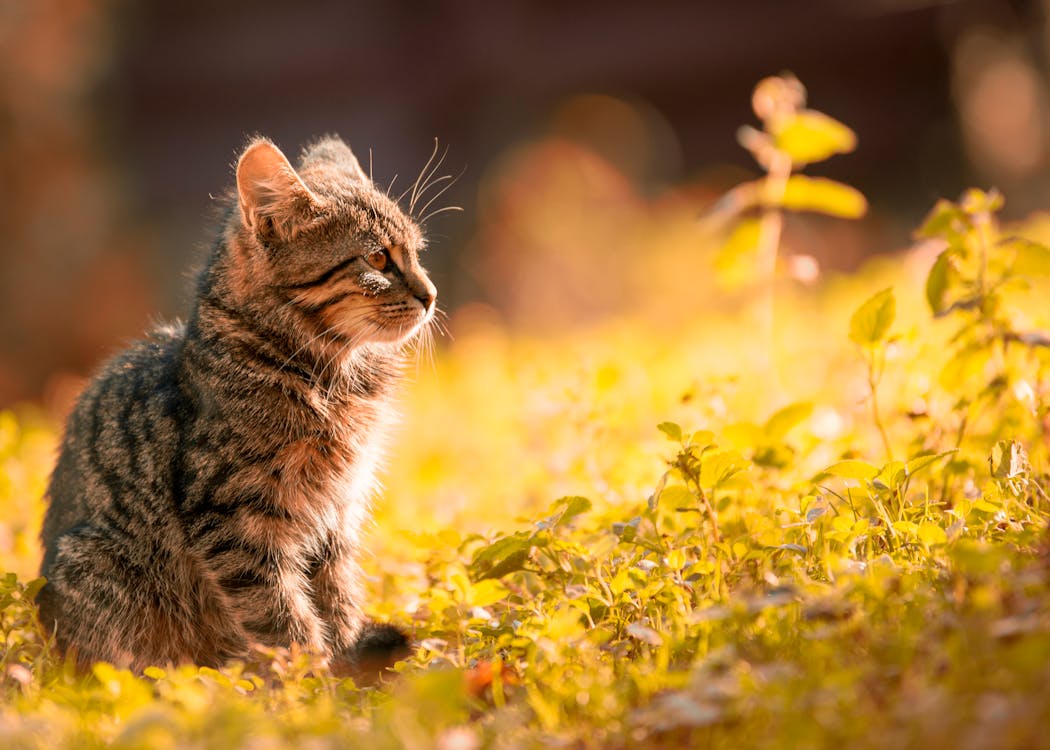Mammals, especially deer, are incredibly diverse. They inhabit numerous ecological niches globally, including forests, where they are most prominent. Deer have a complex evolutionary history. They often grow to enormous sizes, with antlers spanning up to 11 feet across, and evolve independently multiple times.
Related Posts
Termites love global warming – the pace of their wood munching gets significantly faster in hotter weather
Wood feeding termites (Microcerotermes spp) inside their nest. Johan Larson, Author provided Alexander Cheesman, James Cook University; Amy…
October 5, 2022
As climate change and pollution imperil coral reefs, scientists are deep-freezing corals to repopulate future oceans
Healthy corals like these on Australia’s Lady Elliot Reef could disappear by the 2030s if climate change is…
April 9, 2024
Octopuses Are Assembling Fish “Armies”
Despite being solitary creatures, octopuses like “Dave” collaborate with fish to hunt more efficiently. The fish locate prey,…
February 22, 2025
New Studies Rewrite History of Domestic Cats’ Spread Across Europe
New research shows domestic cats spread through Europe in waves over 2,000 years ago, driven by trade, religion, and cultural exchange—not farming alone.
April 30, 2025











